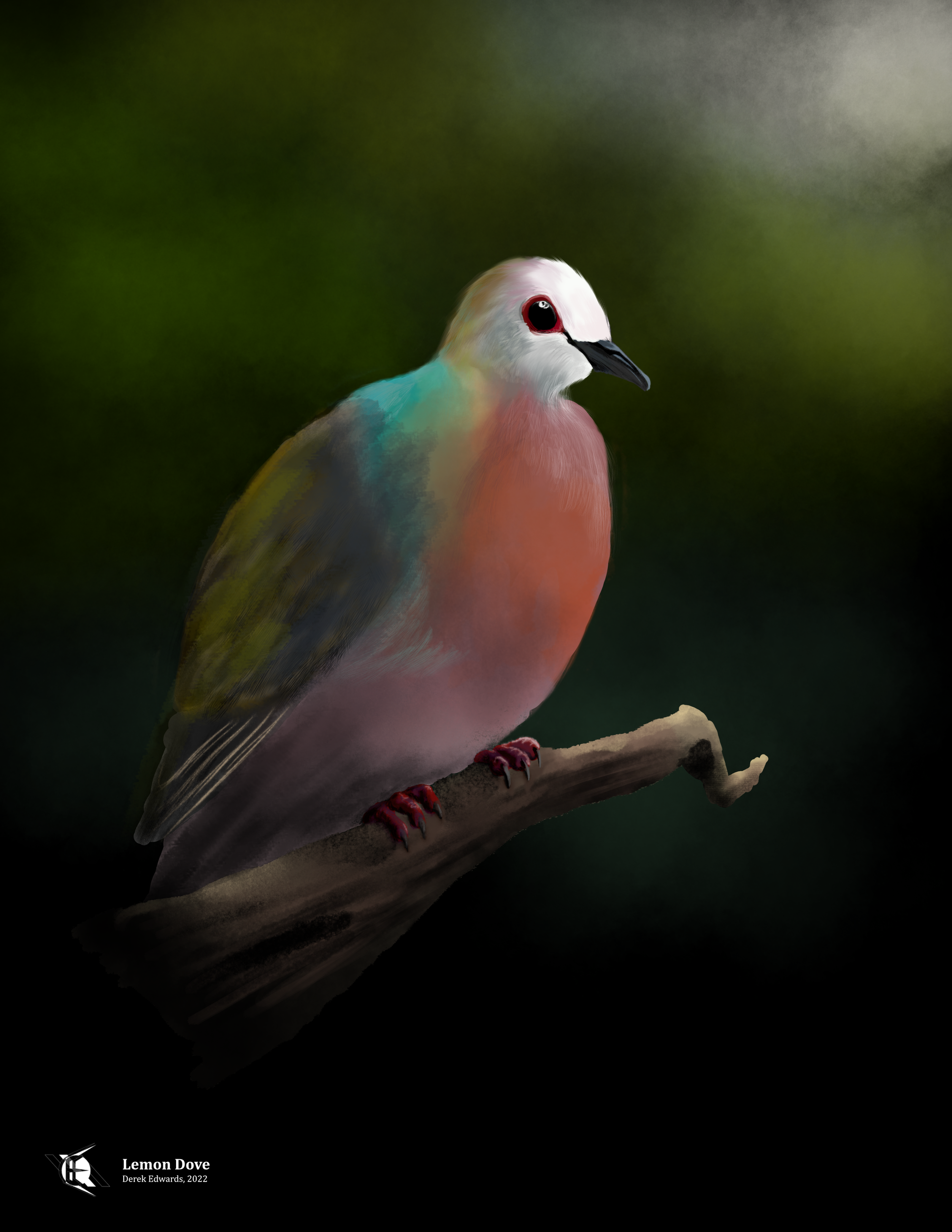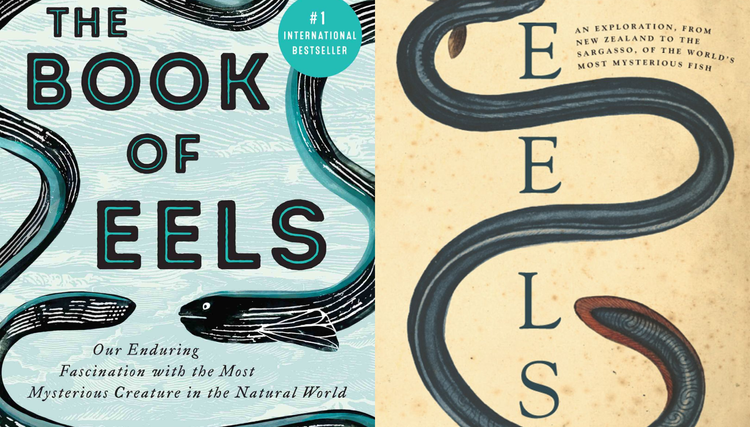
Running Commentary 10/10/2022
Hello,
I’ve had a pretty busy weekend, and, at time of writing, I have not seen last Thursday’s episode of She-Hulk. So we’re just gonna have to pretend it has a two-part finale that I’ll be looking at next week.
Anyway...
Watching...
Andor
The fifth episode is largely set up for next week, which will be the mid-point of the first season, and which seems to be when we’ll actually see the raid on the Imperial dam. By itself, there’s not a whole lot to talk about in this episode, but I do have some thoughts:

- I’m really not used to the dialogue in Star Wars being this good. Sure, Star Wars had always had some good, memorable lines, but the conversations generally haven’t been as well constructed as they are here. Just by listening to them talk to each other, I really have a good feeling of what’s driving all of the different characters here (even if I can’t remember most of their names.)
- The sight of cereal in this episode threw me more than it probably should have. Maybe it’s just because I’m from Michigan, where cereal was invented, but the specific cultural things that had to happen to make cereal a mainstay food I just can’t imagine happening again on other planets.
- Lieda Mothma is probably the most obscure character to be brought from the EU into Canon to date. She, up until this point, only existed in the sourcebooks for Star Wars roleplaying games and other reference material, along with a single mention in a comic book.
- Speaking of the Mothmas, so far they’ve been the weak point of the show. Mon Mothma exists as a sort of extended cameo, not really taking part in the story being told in other scenes. I’m sure they will later on, but, for now, the scenes kind of drag. Although, I do wonder if this job Syril Karn’s uncle has lined up for him might be in Mothma’s home somewhere.
Reading...

Have you ever come across a book that seemed like it was written specifically for you? That’s how I felt when I came across Jack E. Davis’s The Bald Eagle. This is a book about the birds, but it’s also a book about America’s relationship with nature. It’s the sort of book that could honestly only be written about the bald eagle, as I can’t think of anything else that holds quite the same place in history, not even other national birds.
Of course, as Davis clarifies early on, the bald eagle isn’t the U.S.’s national bird in any official capacity; it merely serves as the artistic subject of many official national symbols, starting with the Great Seal of the United States, which was designed by several committees back during the days of the founding. In the first portion of this book, Davis details the history of these emblems, busting the myth that the eagle won some sort of contest against the Ben Franklin-backed turkey along the way. (It actually beat out the Ben Franklin-backed Moses for a spot on the seal.) Latter portions of the book address the bald eagle’s place of reverence in many Native American cultures, its place of derision in the culture of 1800s America, and the two comebacks from the brink of extinction the species made during the 20th Century. The hardcover edition runs for 384 pages, not including endnotes, and not a single one is wasted on padding or tangents. After a string of books that, while interesting, could have been quite a bit shorter, I really appreciated this.
Davis is a professor of environmental history, whose previous books have generally been about Florida and the Gulf Coast. (One such book won the 2018 Pulitzer for History.) He was able to expand his scope as needed to more northern states in this book. His writing style is interesting and well-paced, never going stale nor taking sudden, jolting turns into misplaced humor or sensational speculation to keep reader’s interest. He ably maintains momentum in his narrative, even as he moves between different topics. My one complaint is that the book’s chapters vary considerably in length; some seem like complete chapters, others like interludes, and I often had to check ahead to see if I had time to read another chapter.
If you’re interested in eagles, this book is for you, though you might find the early chapter about the development of the Great Seal tedious. If you’re interested in the history of the United State, this book will have many enjoyable stories featured within, especially in the first half. People interested in the history of nature conservation will enjoy the second half more. As for myself, again, I feel like this book was written specifically for me. I liked every chapter. 9/10

Bird of the Week
It’s been a while since I’ve featured an African bird in this space, and it’s been even longer since I’ve featured a dove, so why don’t we take a look at an African dove?
The Lemon Dove is a small dove found in montane forests throughout sub-Saharan Africa. They are numerous and widespread but also shy, and they dwell in the dark understory of the forest; their shyness has made them difficult to accurately quantify, though current estimates of populations sit at least 10,000 mature individuals, and probably more. This, their wide range, and a lack of evidence of rapid decline or major threats have led scientists to classify the lemon dove as a non-threatened species of “Least Concern”. The species is divided into several regional subspecies, whose appearance varies. In some areas, they have tan undersides, in others gray. In every case, they feature characteristic white faces.
Doves and pigeons (the two terms do not have hard definitions, though in English, generally, pigeons are larger than doves) are actually quite distinct from other songbirds. Where most songbirds are passerine, doves and pigeons are classified in their own monofamilial order, Columbiformes. This might seem like a drastic move on the part of taxonomists, but a close examination of these birds reveals several unique features. Their feathers, for instance, are quite loosely attached and are characterized by broad shafts that taper abruptly toward the feather’s tip. And all species of this order produce “crop milk”. If you thought that mammal milk is a strange thing, you’ll really hate bird milk. Basically what it is is that pigeons/doves have an organ in their throats where cells rich in fat and protein build up and then slough off into a fluid. The birds will then regurgitate this cottage-cheese-like stuff to feed their young. (In the case of columbiforms, the chicks are also known as “squabs”.) A few other birds (certain penguins, flamingos) also produce crop milk, but for the most part, it’s a pigeon thing.
Now it’s the time for me to describe how this bird got its name, but I regret to report that I was unable to find anything conclusive as to why this is called the “lemon” dove. The veterinary blog “Pigeonpedia” states that they would come to the orange groves planted by Dutch Afrikaaner settlers (who called oranges “lemeons”) but this claim is unsourced, and I’ve found no evidence of the lemon dove eating any fruit as large as cultivated citrus. The birds aren’t yellow in color. The Dutch zoologist C. J. Timminck was the first to scientifically describe the birds; he wrote mostly in French, and the binomial name he gave the bird (Columba larvata) and the French common name for the bird (pigeón a masque blanc) both refer to it as a “masked” dove, not mentioning lemons at all. In Timminck’s native Dutch, as in many languages including the dialect of English spoken in South Africa, the bird is the “cinnamon dove”, due to the color of its breast.

Curation Links
Pedestrian Mania | Brian Phillips, Grantland
Back in the mid-1800s, before most real sports had been invented, there was a New Englander named Edward Peyton Westen, who became a famous athlete in the sport of “pedestrianism”, which was simply competitive walking. A health advocate and self-promoter, Westen made a grand spectacle of walking from town-to-town, state-to-state, and even across the US. Pedestrianism was more about endurance than speed, and was uniquely suited to the era when sports were “broadcast” exclusively by newspaper. While his sport fell out of favor, Westen’s exploits served as the template for modern American sports fandom.
Domitian II – the Lost Roman Emperor | Alfred Deahl, Antigone
A couple of coins, bearing the side profile and titles of an “Imperator Caesar Domitianus Pius Felix Augustus”, entirely comprise the evidence of a Roman ruler over a breakaway kingdom known as the “Gallic Empire”. Due to the multitude of coups that occurred in this Gallic Empire, records of the many rulers is hard to come by, but the reign of Domitian II was almost entirely lost to history before a 19th Century Frenchman found one of his coins, which he demanded an exorbitant price for from classicists who initially thought the find was a fake.
Chess Is Just Poker Now | Matteo Wong, The Atlantic
A look at the recent chess cheating scandal centering around Hans Niemann, and a look more broadly at how computerized “chess engines”, more skilled at the game than any human could hope to be, have changed the way chess is practiced and played in recent decades.
This Time Away | Magali Barbe, DUST
[FICTION] [VIDEO] "Nigel is an elderly man living as a recluse, haunted by his past and memory of the family he once had, until an unexpected visitor arrives and disrupts his lonely routine." (13 minutes)
See the full archive of curations on Notion






Member Commentary